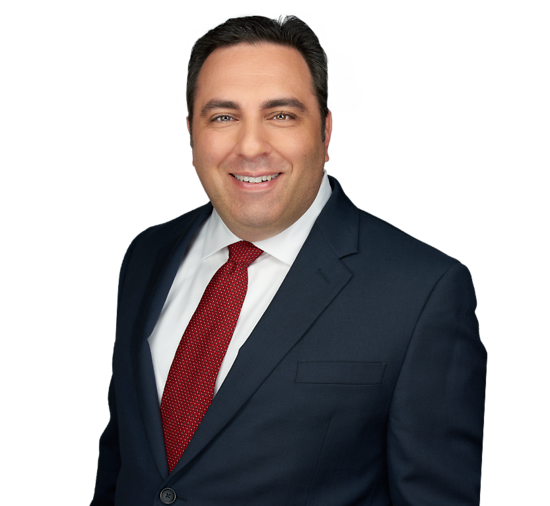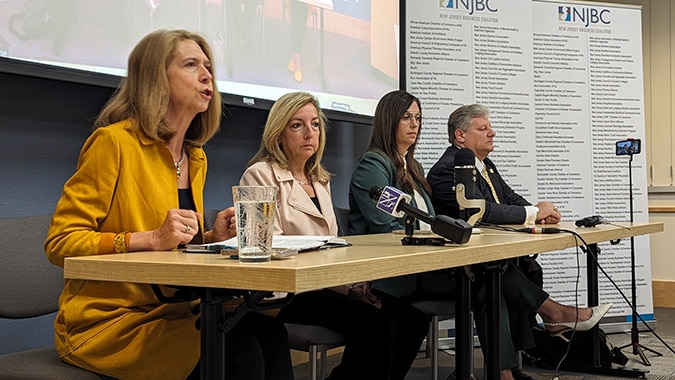New Jersey’s paid sick leave law went into effect just a little over three months ago, and employers are still trying to figure out what they’re supposed to do.
To help, we asked attorney Michael A. Shadiack, Esq., to answer some of the most common questions he’s asked about the new law. Shadiack is chair of the Labor & Employment Practice Group at Connell Foley LLP in Roseland.
Shadiack will also be at our Feb. 15 seminar, Hard Decisions, Hot Topics, Your Legal Questions, where he will provide an in-depth look at complying with the paid sick leave law and be available to answer your questions.
In the meantime, here is his take on three questions employers often ask.
- Can we continue to use each employee’s date of hire when determining the 12 month benefit year?
The law requires employers to establish a 12 month benefit year, pursuant to which the paid sick leave benefit will be administered. “Employees can earn a maximum of 40 hours of paid sick leave over a benefit year, which shall be a 12 month consecutive period that is established by the employer,” Shadiack stated.
Per the New Jersey Department of Labor & Workforce Development, an employer is required “to establish a single benefit year for all employees, which cannot be based on each employee’s anniversary date of hire,” added Shadiack. He explained that many employers are utilizing either the calendar year or the employer’s fiscal year when establishing the benefit year that would be applicable to all employees.
2. Can an employer establish blackout days when paid sick leave cannot be used?
Shadiack said the law does permit an employer to establish blackout days. However, he cautioned that pursuant to the law, paid sick leave can only be denied on those days if the need for the leave is “foreseeable,” and the blackout days are limited to “verifiable high-volume periods of special events” during which permitting the use of foreseeable earned sick leave would unduly disrupt the operations of the employer.
“An employer is well-advised to ensure that its paid sick leave policy clearly delineates the blackout days and the rationale for the same, and requires employees to make a reasonable effort to schedule ‘foreseeable’ sick time in a manner that does not unduly disrupt the operations of the employer,” he said.
Blackout days are one of several considerations/options that an employer has when implementing the requirements of the law and establishing a paid sick leave policy. Employers are encouraged to speak with their employment counsel to draft a policy that would meet the requirements of the law while still being structured in a way that is a good fit for the company’s operations, added Shadiack.
3. Can an employer maintain a different paid sick leave policy for full-time employees as compared to part-time, temporary and seasonal employees?
Yes, an employer can maintain a separate policy as to the administration of paid sick leave for full-time employees as compared to the way the benefit is administered for part-time, temporary and seasonal employees, explained Shadiack.
For example, an employer may elect to front-load/advance all 40 hours of paid sick leave to full-time employees, while maintaining a policy by which part-time, temporary and seasonal employees would accrue the paid sick leave benefit at the rate of one hour of paid sick leave for every 30 hours worked.
He said front-loading/advancing the paid sick leave to full-time employees could alleviate the administrative record keeping burden of tracking the hours worked by each full-time employee, as would be necessary if an accrual method was utilized. The downside of doing so for the employer is an employee could utilize all 40 hours of paid sick leave early in the calendar year and if he/she were terminated or would resign then he/she would have received the benefit of the full amount of the paid sick leave, added Shadiack.
Accordingly, an employer would need to consider the pros and cons of front-loading or advancing paid sick leave to full-time employees.
“If an employer has a limited number of part-time, temporary or seasonal employees, then the administrative burden of tracking those employees’ accrual of paid sick leave may not be tedious, and could favor the employer in that the employee would be entitled to accrue paid sick leave, but at the rate of one hour for every 30 hours worked,” he said.
Shadiack explained that the method utilized by the employer must be clearly set forth in a paid sick leave policy in the employee handbook, and he strongly suggests that employers conduct training for its supervisory personnel as to the law’s requirements to ensure compliance at all levels of management.


